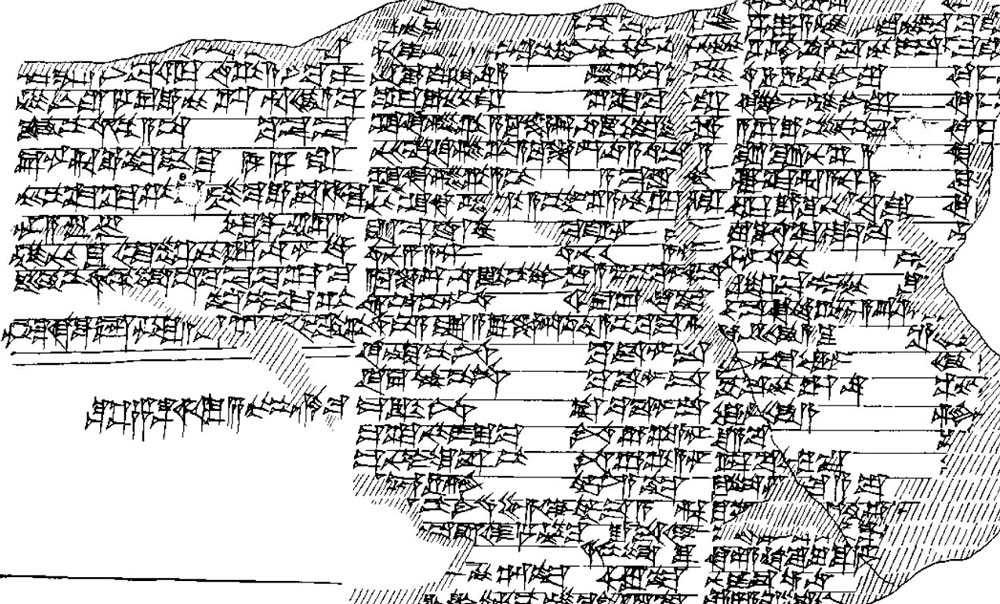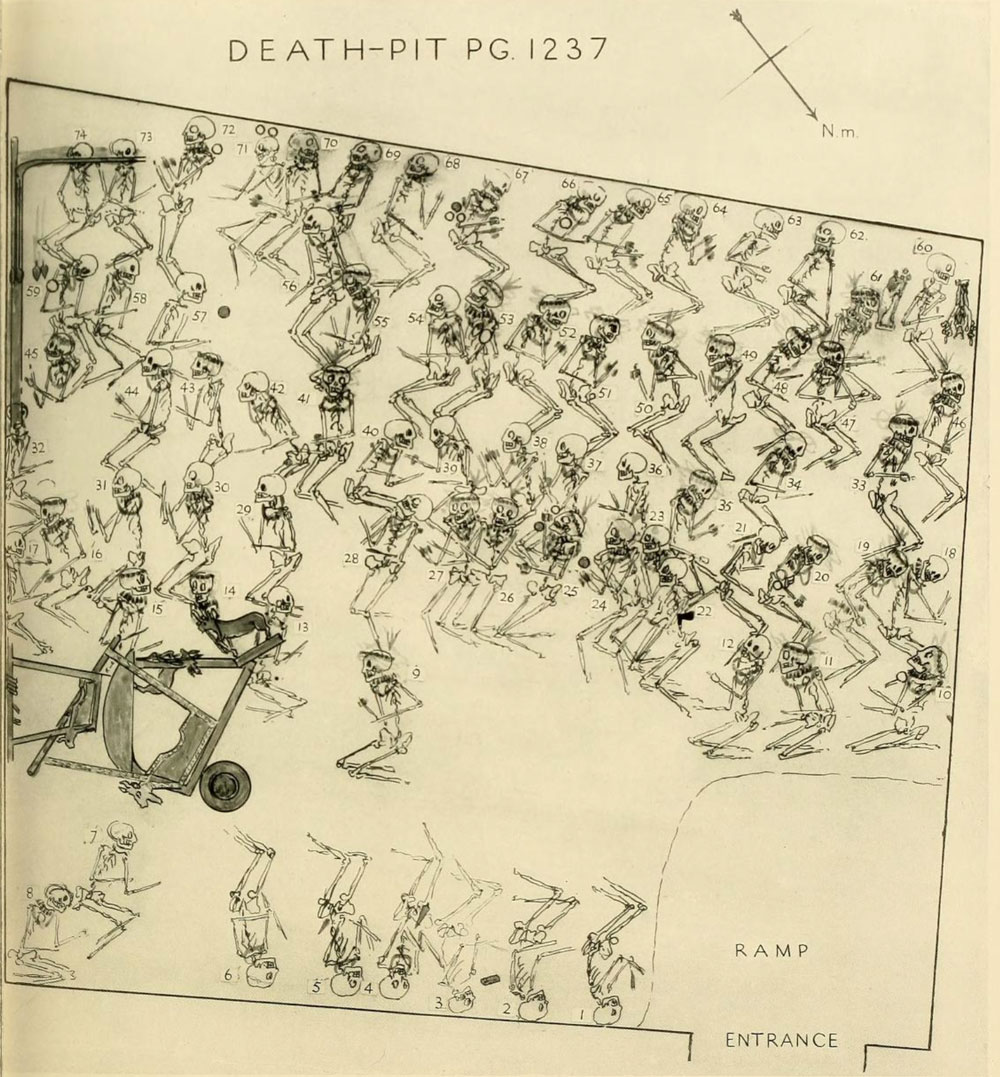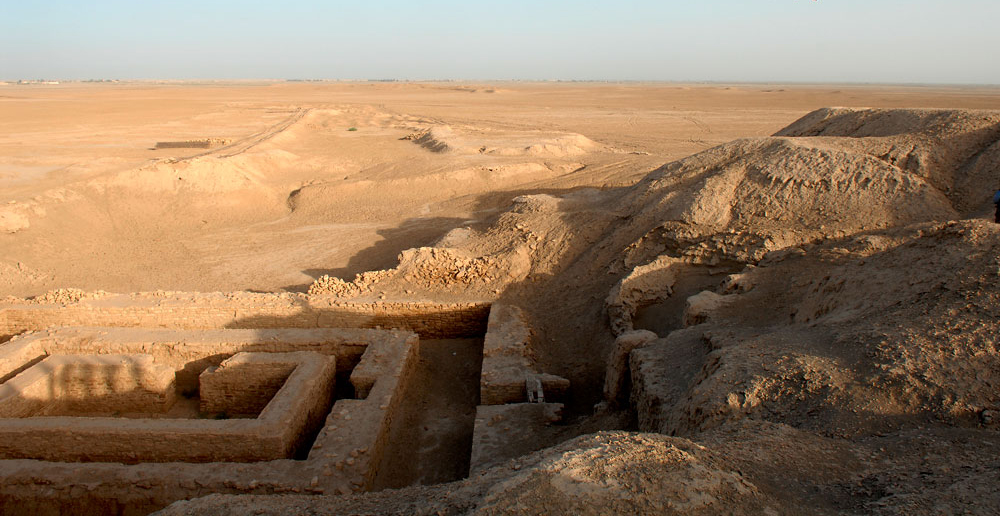The funeral of Gilgamesh, the deified hero
25 April 2025
Pope Francis has died, and the aura surrounding a pope is so great that the whole world will follow his funeral, even though his last wish was for it to be as simple as possible. He may be canonised in a few decades, like some of his predecessors:

In ancient Mesopotamia certain kings, deified after their death, had memorable funerals of which traces have been left in cuneiform texts. One of them was Gilgamesh, King of Uruk around 2650 BCE, who became a mythical figure.
Among the various tablets recounting the Epic of Gilgamesh, many are copies of what has been designated as the standard version, the one edited by the scribe Sîn-leqe-unninni, who organised the various episodes and added an epilogue around the 12th century BCE. Copies of this version were discovered in the library of Ashurbanipal (668-627) in Nineveh, near modern-day Mosul. In total, the story of this king covers 12 tablets and no fewer than 3,000 lines.
At the beginning of the story, Gilgamesh, a tyrannical king, meets Enkidu, who becomes his friend and even his brother. Together they accomplish great deeds, but Enkidu dies, and Gilgamesh discovers that he is mortal. He sets off to the ends of the known world hoping to acquire immortality from Utanapishtim, the survivor of the Flood, but returns empty-handed to Uruk. Having become a wise king, Gilgamesh wants to leave his memory to posterity. He transforms Uruk into an ideal city and builds its immense wall.

The death of Gilgamesh is mentioned in a Sumerian text, ‘Gilgamesh and the Underworld’. The ruler, sick and lying on his deathbed, imagines himself before the assembly of gods who decide his fate as a high-ranking mortal whose name will be celebrated after his death. This is followed by the evocation of his funeral.
His architect, as if it were a punishment, designed his tomb [...] For then the water had been withdrawn from the bed of the Euphrates! The tomb was built of stone. The walls were built of stone, and the doorposts were set in the stone of the doorway. The bolt and the threshold were of hard stone. The door hinges were of hard stone. The golden beams were laid [...] His beloved wife, his beloved children, his first wife, his second wife, his beloved ones, his beloved singer(all his staff, his officials, his possessions) were laid beside him, in the very place they had occupied in the exemplary palace, in the centre of Uruk... (English translation from the French translation by A. Cavigneaux and F. al-Rawi, 2000).To dig Gilgamesh's tomb in the bed of the Euphrates itself so that it would remain inviolable, the river was drained or diverted, and stone, a rare material in the region, was used to build the mausoleum. The sovereign was buried there with his wives, children, and all his staff and courtiers, who were thus to accompany him to the world of the dead.

These human sacrifices are unique in cuneiform documentation. Archaeology, for its part, has provided only one parallel, dating from the middle of the 3rd millennium and therefore approximately contemporary: the royal tombs of Ur in the Archaic Dynastic necropolis, made up of more than 2,100 tombs, most of which are simple. However, 16 of these, known as ‘royal’ tombs and containing several vaulted chambers, contained numerous skeletons of men, including soldiers, and women, including musicians with their instruments, and oxen pulling carts. Such funerals probably left a lasting impression on the collective memory.

German archaeologists, who conducted excavations and magnetic surveys in Uruk in 2003, believed they had discovered the tomb of the great king. Outside the city, in an ancient bed of the Euphrates, they unearthed the remains of a mysterious stone building. However, searching for Gilgamesh's tomb is like going on an expedition to discover the remains of Noah's Ark: it belongs to the realm of literature.
The moral of the Epic of Gilgamesh, ‘the great man who did not want to die’, as the great French Assyriologist Jean Bottéro described him, redefines the concept of immortality, which allows men to continue to live on in the memories of the living, a memory kept alive by the cults of the dead. Gilgamesh has survived, through the centuries and millennia, thanks to literature, and his story is now one of the founding texts of humanity taught in the first year of secondary school.


